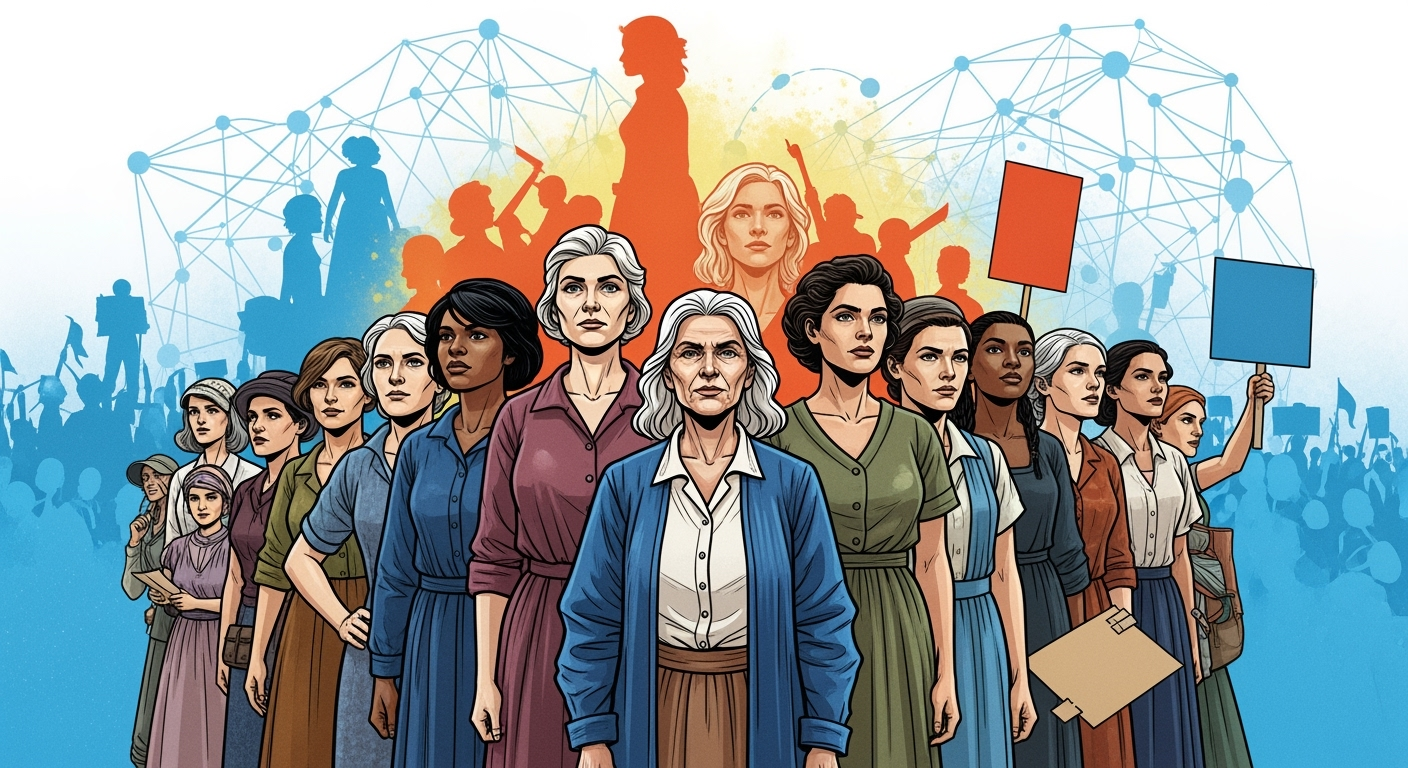A Timeline of Women’s Rights Movements in the U.S.

A Timeline of Women ’ s Rights Movements in the U.S.
The story of women’s rights in the United States is one of perseverance, courage, and transformation. For centuries, women were denied the right to vote, own property, or even make many decisions about their own lives. Yet through activism, protests, and landmark legal battles, generations of women built a movement that reshaped the nation. Tracing this history reveals how far the struggle has come and how it continues to evolve.
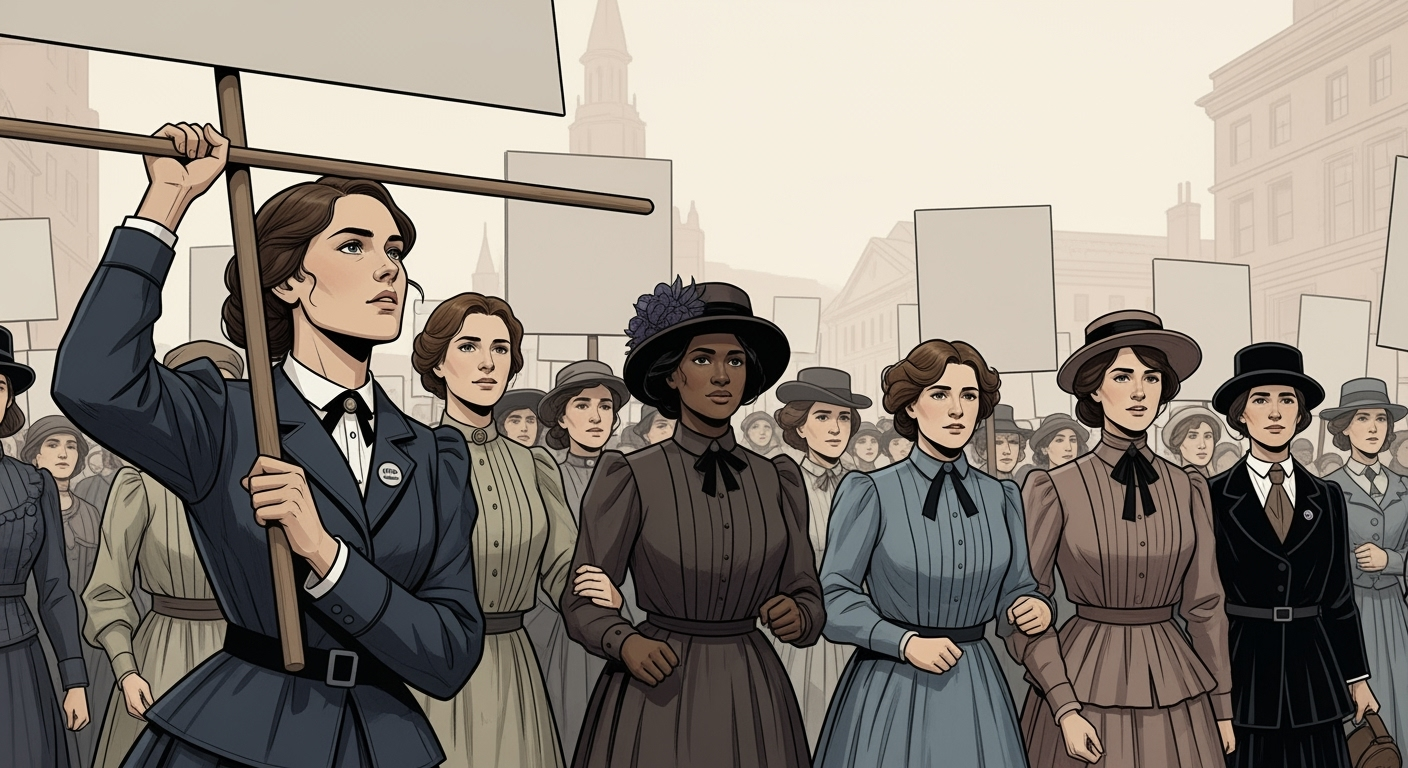
Early Calls for Equality: The 1800s
The fight for women’s rights gained momentum in the 19th century. While women had long resisted the restrictions placed on them, it was the Seneca Falls Convention of 1848 that marked the formal beginning of the movement in the United States. Organized by Elizabeth Cady Stanton and Lucretia Mott, the convention gathered hundreds of men and women to discuss the injustices women faced.
The highlight of the event was the Declaration of Sentiments, a document modeled after the Declaration of Independence. It boldly stated that “all men and women are created equal” and called for women’s right to vote. Though ridiculed at the time, the convention sparked decades of activism and set the tone for the suffrage movement.
The late 1800s saw activists such as Susan B. Anthony and Sojourner Truth emerge as powerful voices. Anthony worked tirelessly for suffrage, while Truth, a formerly enslaved woman, challenged both racism and sexism in her famous “Ain’t I a Woman?” speech.
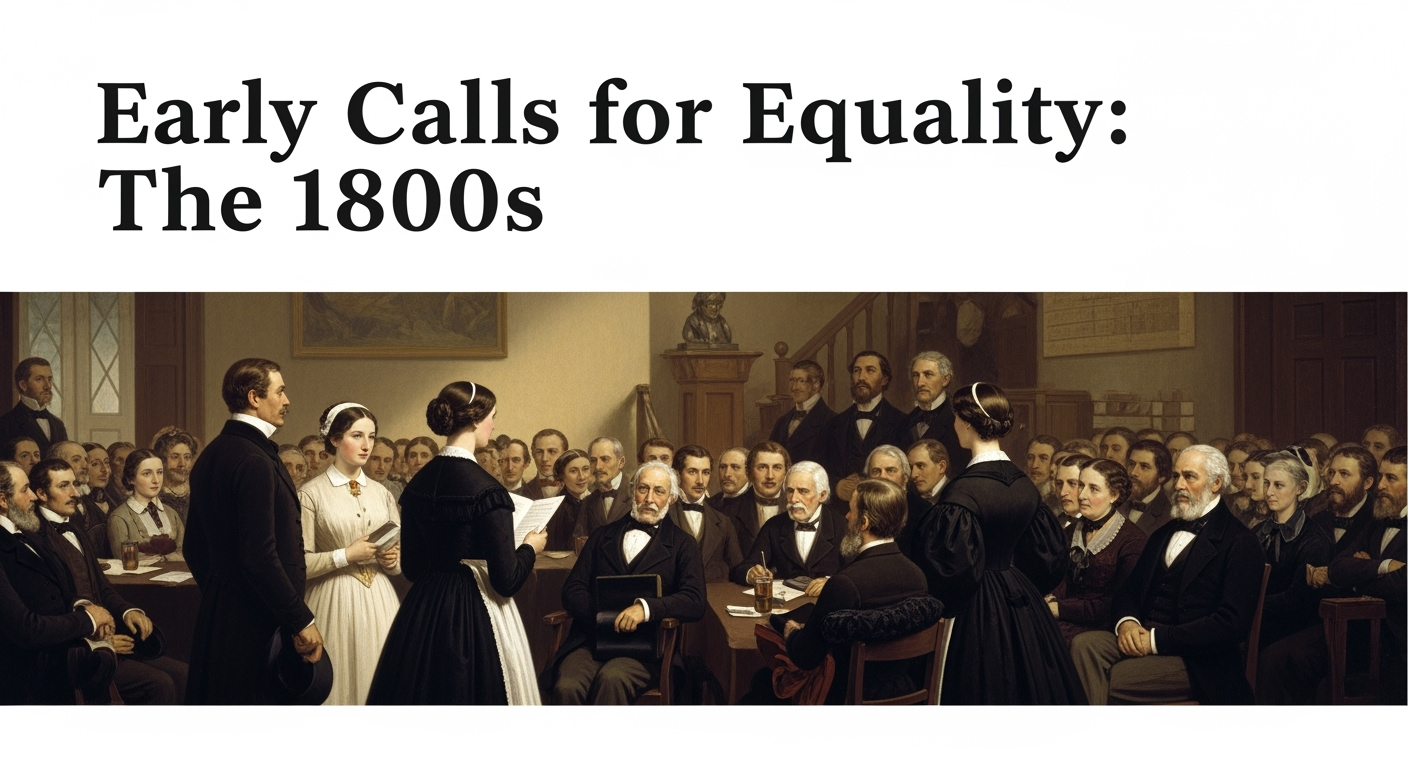
The Push for the Vote: Early 1900s
By the turn of the 20th century, the women’s suffrage movement had become a national force. Groups like the National American Woman Suffrage Association (NAWSA) organized marches, lobbied lawmakers, and fought state by state for the right to vote.
A younger, more militant wing, led by Alice Paul and the National Woman’s Party, took inspiration from British suffragettes. They organized protests outside the White House, endured arrests, and went on hunger strikes to demand attention to their cause.
Their persistence paid off in 1920 when the 19th Amendment to the Constitution was ratified, granting women the right to vote. It was a monumental victory, though women of color, Native women, and immigrant women still faced barriers that would take decades to dismantle.
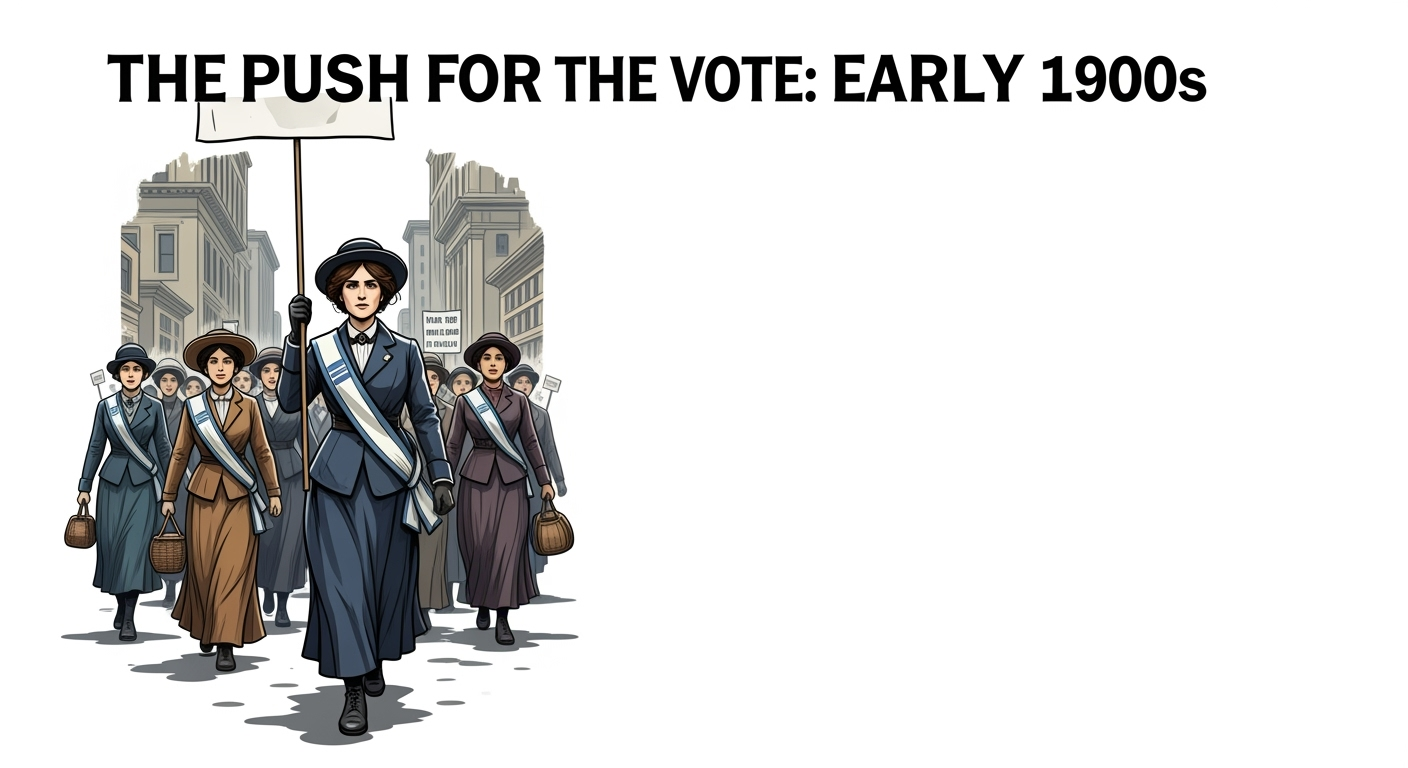
Expanding the Fight: The Mid-20th Century
With the right to vote secured, many women turned their attention to broader issues of equality. During World War II, millions of women entered the workforce to fill jobs left by men who went to war. “Rosie the Riveter” became a symbol of women’s contributions, yet when the war ended, many women were expected to return to domestic roles.
The 1960s ignited a second wave of feminism. Betty Friedan’s 1963 book The Feminine Mystique gave voice to the frustrations of women who felt trapped by societal expectations. That same year, President John F. Kennedy signed the Equal Pay Act, aimed at reducing wage disparities between men and women.
In 1966, Friedan and others founded the National Organization for Women (NOW), which became a leading voice for gender equality. Activists pushed for workplace rights, access to childcare, reproductive freedom, and an end to sex discrimination. Title IX of the Education Amendments of 1972 became one of the era’s landmark achievements, prohibiting sex discrimination in federally funded education and dramatically expanding opportunities for women in sports and academics.
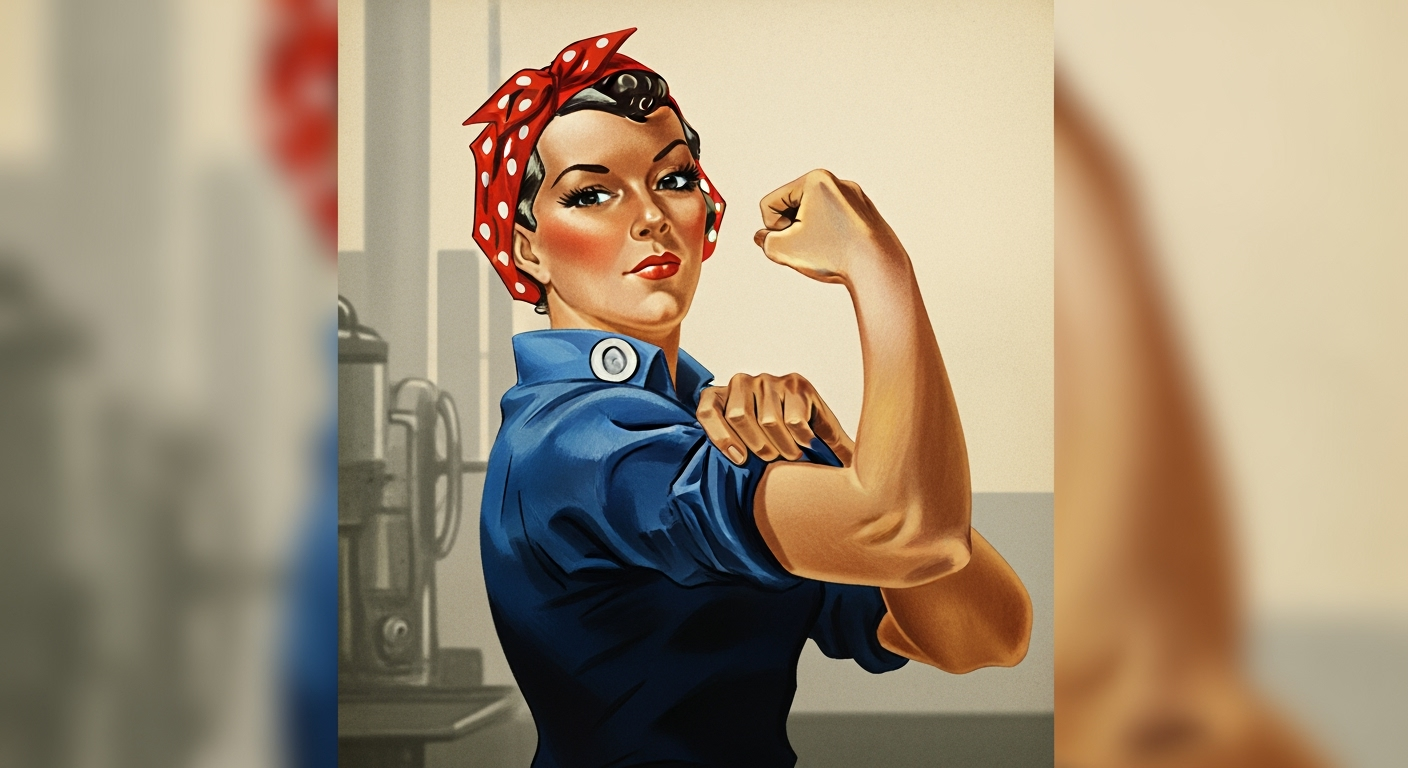
Reproductive Rights and the 1970s
One of the most transformative issues of the 1970s was reproductive freedom. In 1973, the Supreme Court issued its decision in Roe v. Wade, recognizing a constitutional right to abortion. For many women, the ruling represented a critical step toward bodily autonomy and control over their futures.
The decade also saw the rise of debates over the Equal Rights Amendment (ERA), first introduced in Congress in 1923 but revived during the women’s liberation movement. The ERA aimed to guarantee equal rights under the law regardless of sex. Though it passed Congress in 1972, it fell short of ratification by the required number of states. The fight for the ERA remains unfinished to this day.
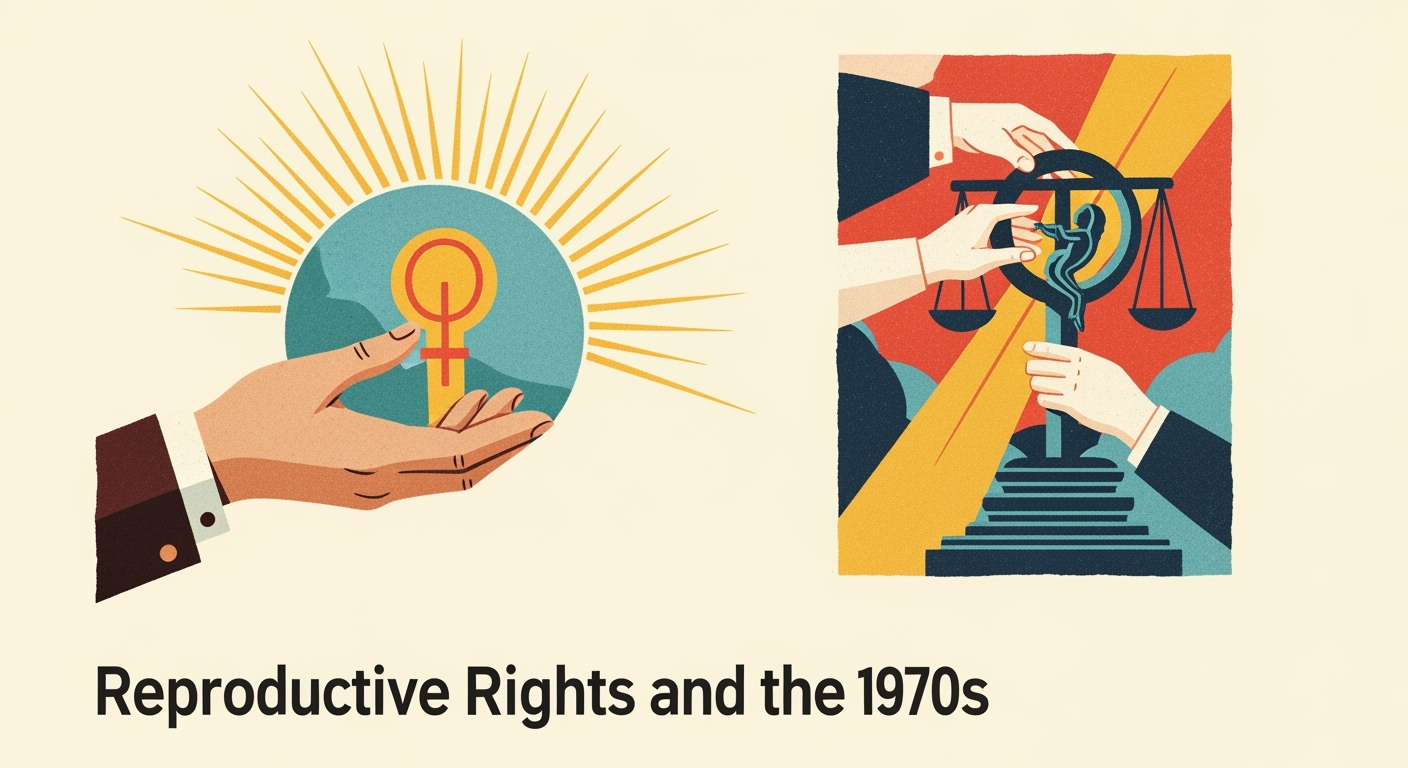
Breaking Barriers: The 1980s and 1990s
The final decades of the 20th century brought both progress and setbacks. Women continued to enter professions once dominated by men, from law to medicine to politics. In 1981, Sandra Day O’Connor became the first woman appointed to the U.S. Supreme Court. By the 1990s, women were rising to prominent roles in government, academia, and business.
At the same time, cultural battles intensified. The feminist movement faced criticism from those who argued it had gone too far, while others believed it had not gone far enough. Issues such as workplace harassment, reproductive rights, and pay inequality remained flashpoints.
The 1991 confirmation hearings of Supreme Court nominee Clarence Thomas brought the issue of sexual harassment into national conversation after law professor Anita Hill testified about her experiences. The hearings spurred greater awareness of workplace discrimination and helped fuel more women to run for office in what became known as the “Year of the Woman” in 1992, when a record number of women were elected to Congress.
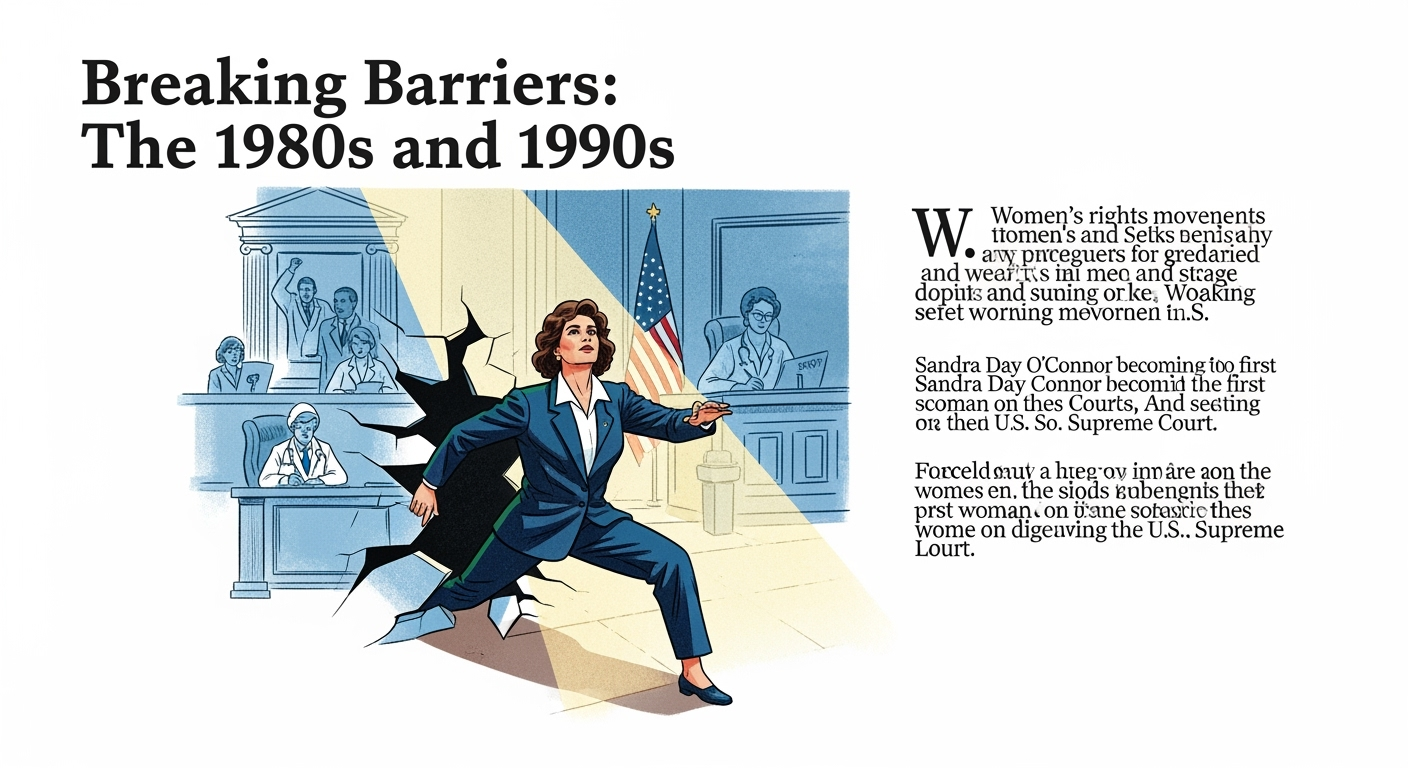
The 21st Century: Ongoing Struggles and New Frontiers
The new millennium has brought renewed focus to women’s rights, often amplified by digital platforms. The early 2000s saw continued advocacy for pay equity, family leave policies, and representation in leadership roles.
In 2017, the #MeToo movement exploded into the public sphere, bringing widespread attention to sexual harassment and assault. Millions of women shared their experiences, holding powerful figures accountable and demanding cultural change. The movement highlighted the persistence of gender-based violence and inequality across industries and communities.
Women have also played key roles in political movements of the 21st century. From organizing massive Women’s Marches to leading campaigns for racial justice, climate action, and reproductive rights, women’s activism remains central to American public life. In 2020, Kamala Harris made history as the first woman, first Black woman, and first South Asian woman elected Vice President of the United States.
The timeline of women’s rights in the United States tells a story of progress achieved through relentless struggle. From Seneca Falls to the suffrage marches, from the fight for workplace equality to the battles for reproductive rights and political representation, each generation has built upon the work of those who came before.
Yet the journey is far from over. Issues such as pay inequality, reproductive freedom, and gender-based violence remain pressing challenges. The history of women’s rights shows that change comes when ordinary people demand it, when voices are raised, and when courage outweighs fear.
The movement has never been just about women. It has always been about building a society where equality and justice belong to everyone.
